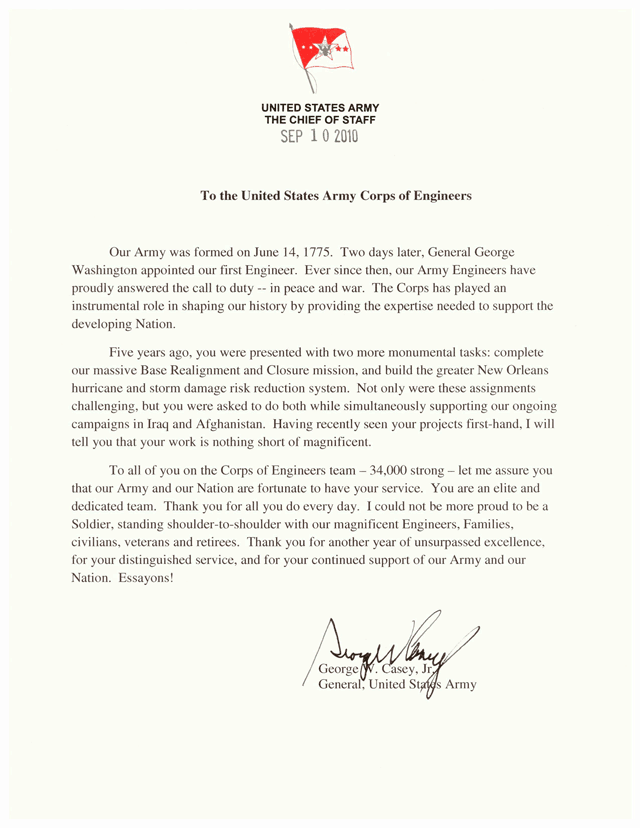BUILDING STRONG as One Team
Booker T. Washington, the foremost black educator of the late 19th and early 20th centuries, once said, “Success is to be measured not so much by the position that one has reached in life as by the obstacles which he has overcome while trying to succeed.” As we celebrate Black History Month, let us take this opportunity to highlight the struggles, accomplishments, and successes that African-American’s have made to our society and Army.
African-Americans have served with distinction in the American military since the opening salvos of the Revolutionary War. Hundreds of thousands of black troops fought for their freedom during the Civil War, and during World War I approximately 40,000 African-American Engineers helped secure the Allied victory. In fact, during World War II, 42% of all engineer units were African-American, performing incredible support missions such as building airfields, maintaining roads, repairing bridges, and building hospitals across Europe and the Pacific.
Closer to home, the Army sent African-American engineers to Alaska and Canada to help build the crucial Alaskan Highway, a 1,500-mile-road that would connect Alaska to the United States, enabling our military to channel troops, tanks, and aircraft to Alaska to bolster American defenses against Japanese operations in the Aleutian Islands.
We’ve come a long way since World War II. As of 2008, African-American Soldiers made up 19.8 percent of the Active Duty Army, 13.3 percent of the National Guard and 22.1 percent of the Army Reserve.
As our Army has matured in how we regard diversity, our Country is still experiencing a shortage of engineers of all backgrounds, particularly among our youth. Last year, we partnered with a school system in Los Angeles to provide valuable mentoring and leadership to more than 20,000 students. And just this past September, we contracted with MYI Consulting to help us broaden and diversify our science, technology, engineering and math education and outreach nationwide.
Our young Americans hold the future of our Nation in their hands, and we owe each of them the opportunity to realize their dreams. That’s just one way we’re BUILDING STRONG.
Van



